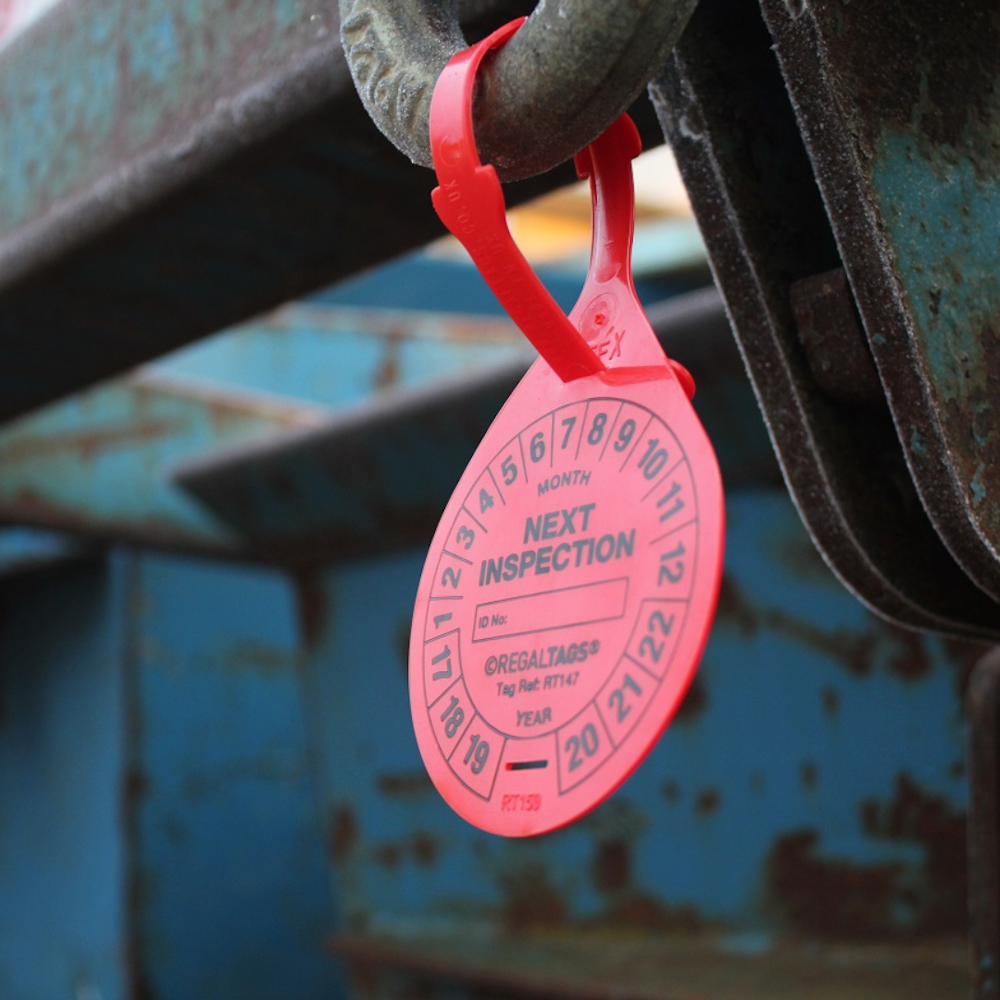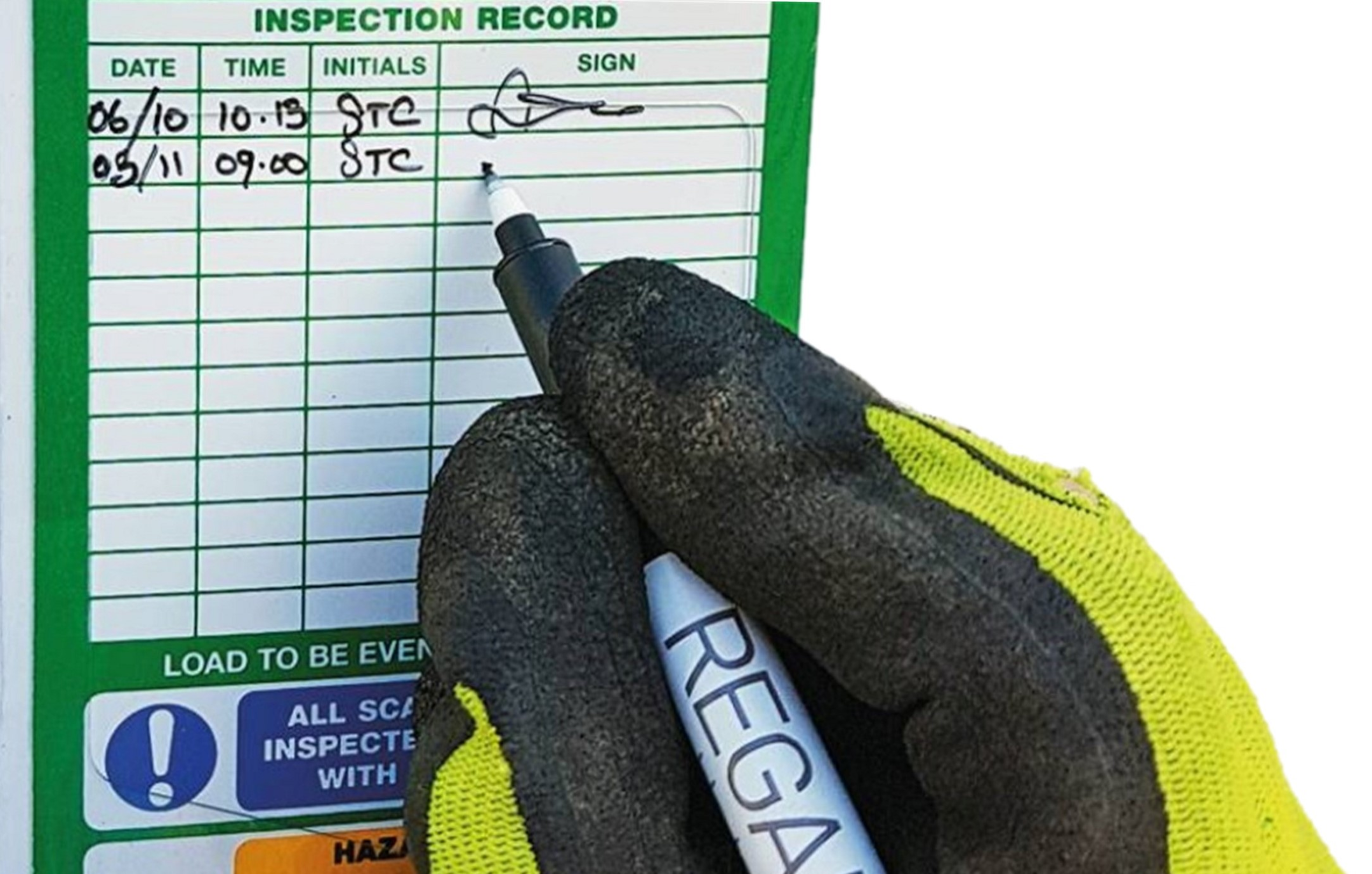5 Commonly Overlooked Areas of Inspection Tagging: Ensuring Workplace Safety
Workplace safety is a top priority for any organisation, and inspection tagging plays a crucial role in maintaining a secure environment. While many focus on the basics of inspections, certain aspects are often overlooked. In this blog, we'll explore five common areas of inspection tagging that are often missed and highlight their significance in ensuring workplace safety.
1. Inadequate Documentation
When it comes to industrial safety and equipment management, the significance of thorough documentation cannot be overstated. Inspection tagging, serving as the basis for a documented history of equipment inspections, plays a pivotal role in ensuring the integrity and safety of workplace machinery.
The primary objective of inspection tagging is to create a comprehensive and accessible record of every inspection conducted on a piece of equipment. Without adequate documentation, this critical function is compromised, opening the door to numerous safety hazards. When inspection records lack detail or are not kept up to date, the ability to monitor and assess the condition of equipment over time diminishes, leaving a critical gap in the safety management system.

2. Employee Training and Awareness
Inspection tagging isn't just the responsibility of a select few - it's a collective effort that involves the entire workforce. Often overlooked is the need for comprehensive employee training and awareness programs. Employees should understand the significance of inspection tags, how to read them, and when to report any irregularities. By empowering the workforce with knowledge, organisations can create a culture of safety where everyone plays a role in maintaining a secure workplace.

3. Environmental Factors: Longevity and Recyclability
The selection of inspection tags should not just be a technical decision but a strategic choice that involves considering environmental factors. This choice plays a pivotal role in determining not only the longevity and effectiveness of the tagging system but also the environmental impact of the organisation's practices.
For example, tags that are not fit to withstand harsh weather conditions can fade or become damaged quickly, leaving a temporary gap in an organisation’s safety protocols.
This vulnerability compromises the reliability of the inspection process, as faded or damaged tags may lead to misinterpretation or oversight of critical information. The consequences of such gaps in safety monitoring can range from inefficient maintenance practices to heightened risks of equipment failures and workplace accidents.
At REGALTAGS, our Inspection Tags are designed to withstand the harshest of environments, ensuring that they remain a vital component of your safety and maintenance protocols. As well, our dedication to environmental responsibility is reflected in the recyclability of our inspection tags. By choosing REGALTAGS, our long-lasting and recyclable inspection tags means you actively contribute to sustainable practices, reducing waste and minimising your organisation's ecological footprint.

4. Frequency of Inspections: Striking the Right Balance
While regular inspections are essential, the frequency of inspections is often overlooked. Striking the right balance is key. Too infrequent inspections may lead to overlooked issues, while overly frequent inspections may result in unnecessary downtime.
Striking the right balance in inspection frequency involves an understanding of the equipment's nature, its operational demands, and historical performance data. Organisations must adopt a risk-based approach, identifying critical equipment that warrants more frequent inspections while ensuring that less critical assets undergo inspections at intervals appropriate with their usage and importance.

5. Communication and Signage: Bridging the Gap
Clear communication is vital for a successful inspection program. Implementing effective signage helps bridge the gap between inspection tags and the workforce. Use clear and standardised safety signage to complement inspection tags, providing visual cues that enhance understanding. Well-placed signage ensures that employees can easily identify tagged equipment and understand its inspection status, contributing to a safer and more organised workplace.

Inspection Tags from the Experts at REGALTAGS
Our range of equipment inspection tags provides comprehensive tagging solutions for all. Used to identify valves, drains, gas cylinder tanks, flanges, shackles, scaffolding, and other equipment or machinery, our inspection tags are ideal for safeguarding personnel where inspection regimes are maintained.
Inspection tags from REGALTAGS can be fully customised to meet the needs of your equipment inspections and are designed to be long-lasting for extreme reliability. Browse our Inspection Tag range and get in touch to discuss customising the ideal tags for your business.
Subscribe
Join 10,000+ others receiving our monthly updates. Free Tag knowledge delivered straight to your inbox.





